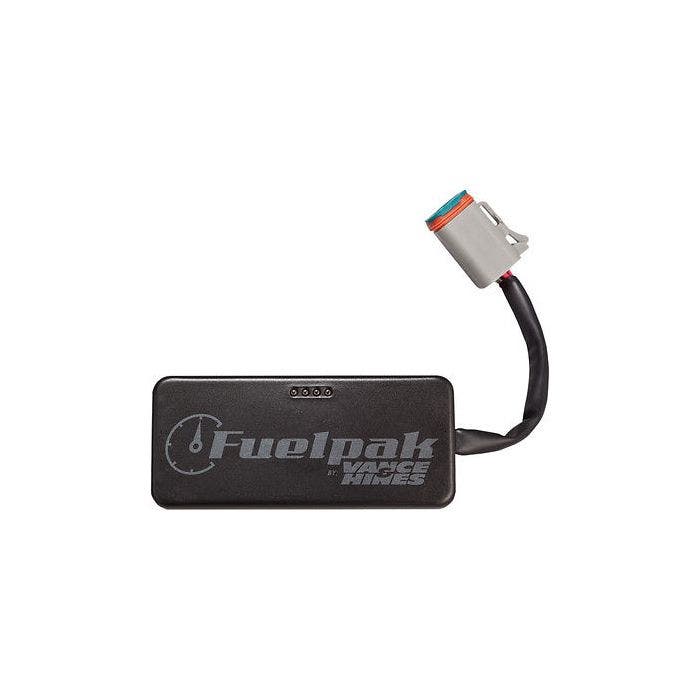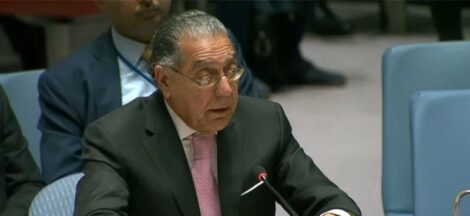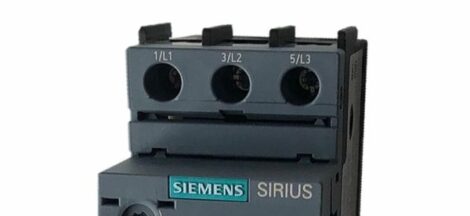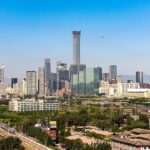US Vice President JD Vance commenced his four-day official visit to India on Monday, marking the first such trip by an American vice president in over a decade. Accompanied by his wife, Usha Vance, and their children, the visit intertwines personal engagements with high-stakes diplomatic discussions, particularly concerning escalating trade tensions following President Donald Trump’s imposition of a 26% tariff on Indian goods.
Upon arrival in New Delhi, Vance was received at Air Force Station Palam and is scheduled to meet Prime Minister Narendra Modi at his official residence. Their discussions are anticipated to focus on advancing bilateral trade relations, defense cooperation, and energy partnerships. This meeting builds upon frameworks established during Modi’s earlier visit to Washington, aiming to navigate the complexities introduced by the new tariff regime.
The US, India’s largest trading partner, recorded bilateral trade volumes reaching $129 billion in 2024. Both nations have expressed intentions to more than double this figure to $500 billion by 2030. However, the recent tariff imposition has introduced uncertainties, with India seeking to finalize a trade deal within a 90-day window provided by President Trump to avoid further economic repercussions.
Defense collaboration remains a pivotal aspect of the bilateral relationship. Discussions are expected to progress on a defense partnership framework, including potential co-production of US military equipment such as Javelin missiles and Stryker vehicles. These initiatives aim to bolster regional security and underscore the strategic alignment between the two nations.
Energy cooperation is also on the agenda, with talks likely to explore US support for India’s diversification of energy sources through investments in clean and reliable nuclear technology. Such collaborations are seen as instrumental in addressing global energy challenges and reinforcing the partnership’s depth.




 Beijing Warns of Retaliation Against Nations Aligning with US Trade Policies
Beijing Warns of Retaliation Against Nations Aligning with US Trade Policies 